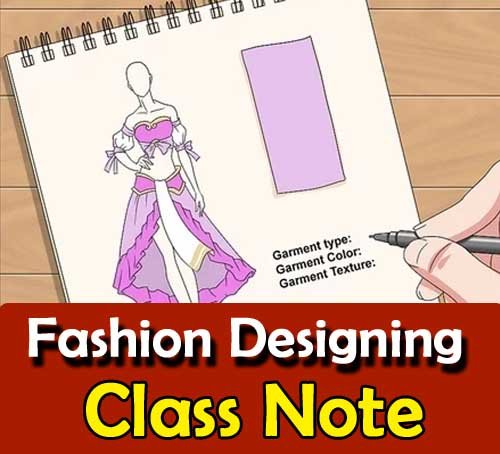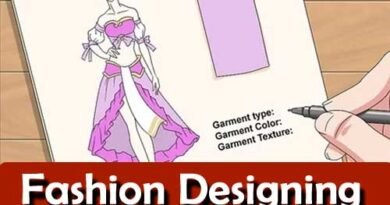Fashion Designing Class Note 38 (Types of Seams)
BACKSTITCH
Backstitch is another widely used stitch that can be sewn for seams or embroidery. For seams, it creates a stronger stitch than a backstitch that is less likely to split. While it does take a little longer, it is not that much more difficult. For embroidery, it can be used to create embroidery letters or to outline shapes that will be filled in by other stitches.
Full Article: How to Backstitch
Types of Stitches – Backstitch
BLANKET STITCH
Blanket stitch can be used on the edges of blankets (no surprise there!) and to join pieces of fabric or felt together. It can create pretty embroidery flowers and is a popular stitch for applique.
Full Article: How to do Blanket Stitch (INCLUDES VIDEO)
Types of Stitches – Blanket
BUTTONHOLE STITCH
While it is similar to blanket stitch, it has a corded edge that is suitable for buttonholes and decorative stitching for flowers. It is sewn right to left which is in the opposite direction to blanket stitch.
Full Article: How to do Buttonhole Stitch
CATCH STITCH
Catch stitch is used to hand stitch hems and is especially suited to thicker fabrics such as wool. The inside of the hem looks like a series of small cross stitches while the outside has almost no stitching visible.
Further Reading: Catch Stitch
Catch Stitch
CHAIN STITCH
Chain stitch is a useful stitch for outlining as it creates a thick border. Use it for the outside of letters and shapes including flowers and stems.
Full Article: How to do Chain Stitch
CHEVRON STITCH
Chevron stitch one of the great types of stitches for borders and filling larger areas. It is worked from left to right along straight rows that can be separated or joined together.
Full Article: How to do Chevron Stitch
Chevron Stitch
COUCHING STITCH
Couching stitch is a way of stitching over the thicker threads and even yards to create endless shapes and lines. To create this stitch you lay down the thicker thread on the surface of the fabric in your desired pattern, and then use a thinner thread to stitch over it.
Full Article: How to do Couching
Couching
CROSS STITCH
Cross stitch is a popular hobby where whole designs can be created from this simple stitch. The stitches can vary from really small to large and are normally done on open weave fabrics where you can count the threads to make them even.
Full Article: How to do Cross Stitch (includes single and double cross stitch)
Cross Stitch
FAGGOTING
Faggoting is one of the types of stitches that are used to join two pieces of fabric. It can be used as an open border on napkins, lingerie and tablecloths. Faggoting is usually very fine and can look like lace inserted between the fabrics.
Full Article: How to do Faggoting Embroidery
Faggoting
FEATHER STITCH
Feather stitch is a free-flowing stitch that is popular for small stems and leaves and coral. It is sewn between 4 parallel lines and is best for embroiders of an intermediate level.
Full Article: How to do Feather Stitch
Feather Stitch
FERN STITCH
Fern stitch is another stitch like feather stitch that is used for stems and leaves. It is much easier to do even without drawing guidelines. It can be straight or gently curving making it great for sewing flower gardens.
Full Article: How to do Fern Stitch
Fern Stitch
FISHBONE STITCH
Fishbone stitch is not usually used to sew fish but rather to create padded leaves with an interesting cross over effect in the center. The leaves can be pointed or rounded at the ends, making it versatile in sewing leaves.
Full Article: How to do Fishbone Stitch
Fishbone Stitch
FLY STITCH
Fly stitch can be used individually to sew interesting little v shapes or joined for embroidering leaves. This is an easy stitch for beginners.
Full Article: How to do Fly Stitch


